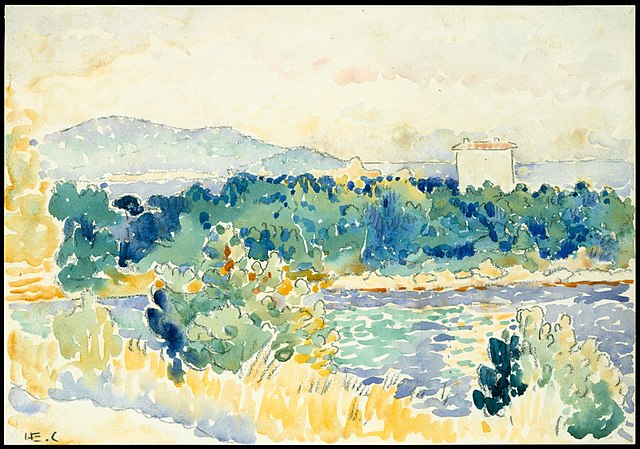
Romance Languages: Origins And Connections
Tracing The Origins And Connections Of French, Spanish And Italian
The Romance languages, known for their lyrical beauty and captivating expressions, form a fascinating linguistic family that traces its origins back to the ancient Roman Empire. Among these languages, French, Spanish and Italian stand as prominent members, each with its own unique characteristics and shared heritage. Through the study of their origins and connections, we unravel a rich tapestry of language evolution, cultural exchange, and shared linguistic roots.
At the heart of the Romance languages lies Latin, the language of the Roman Empire. As the Romans expanded their empire, Latin spread throughout the territories they conquered, influencing the local languages and dialects. Over time, Latin evolved and adapted, giving rise to distinct regional variants that eventually developed into the Romance languages we know today.
French
French, with its elegant and melodic tones, shares a close affinity with Latin. It emerged from Vulgar Latin, the colloquial form of the language spoken by the common people in Gaul (modern-day France) during the Roman era. As Gaul came under Roman rule, Latin gradually blended with the native Celtic and Germanic languages, resulting in the emergence of Old French. Over the centuries, Old French evolved into Middle French and ultimately modern French, while retaining a significant influence from Latin in its vocabulary, grammar, and phonetics.
Spanish
Spanish, with its passionate and rhythmic expressions, traces its roots back to the Iberian Peninsula. Latin spread throughout the region during Roman rule, merging with the pre-existing languages spoken by the native inhabitants. The resulting Vulgar Latin dialects, known as Mozarabic and Visigothic, formed the foundation of Old Spanish. As the centuries unfolded, Old Spanish evolved, absorbing influences from Arabic, Hebrew, and various regional dialects, to become the rich and diverse language we know as modern Spanish.
Italian
Italian, renowned for its musicality and expressive nature, finds its origins in the central regions of Italy. Latin, introduced by the Roman conquest, intermingled with the existing languages spoken in the area, leading to the development of Vulgar Latin dialects. From these dialects emerged Old Italian, which gradually evolved into the Tuscan dialect, thanks to the influence of renowned Italian writers such as Dante Alighieri. The Tuscan dialect became the foundation of modern Italian, characterised by its fluidity, graceful pronunciation, and close ties to the poetic legacy of the past.
The Shared Nature Of Romance Languages
While French, Spanish, and Italian each took distinct paths of development, they share a common heritage that reveals itself in their vocabulary, grammar, and linguistic structures. They are known as Romance languages not only because of their connection to Latin but also because of the sense of romance and cultural refinement that permeates their linguistic tapestry.
The study of the Romance languages allows us to appreciate the intricate connections between cultures and languages, emphasising the interplay between history, migration, and linguistic evolution. It highlights the richness of human expression and the capacity for languages to adapt, absorb influences, and evolve over time while maintaining their shared roots.
So, let us embrace the romance of these languages, and celebrate the diverse beauty and cultural connections that French, Spanish, and Italian have. Through their exploration, we gain a deeper understanding of our shared heritage, enrich our appreciation for linguistic diversity, and embrace the beauty of intercultural connections that transcend borders and time.